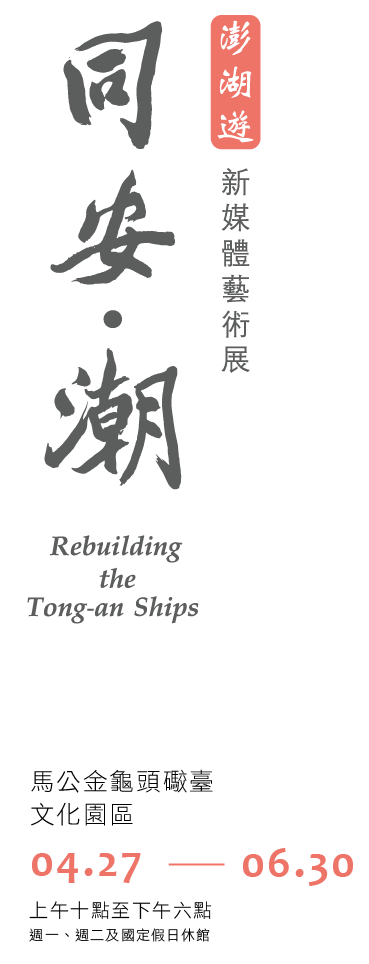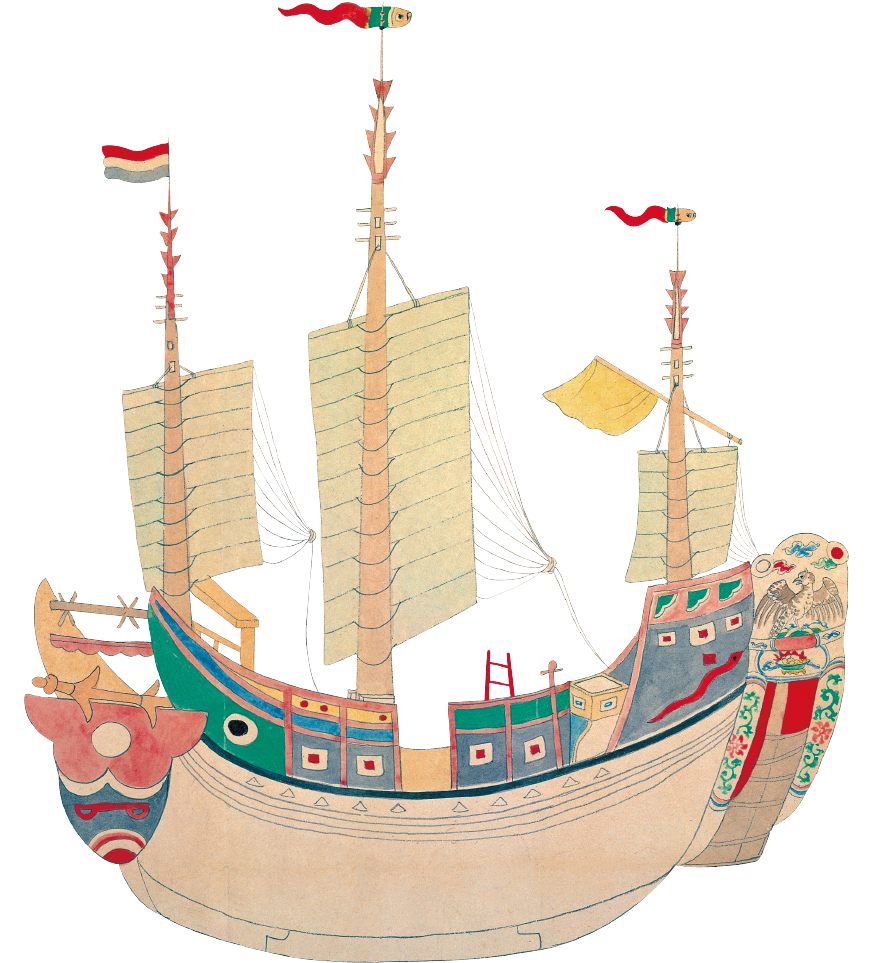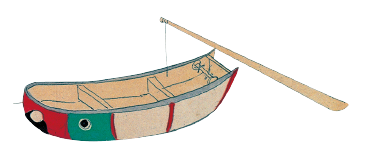Acting as the connective hub in the Taiwan Strait throughout history, the Penghu Islands lie contiguous to the southwestern coast of the Taiwan mainland. Historically, people traveled to the islands for political, military, and economic reasons. During the Age of Sail, people were brought in by monsoons and tides as seekers of temporary shelter or permanent settlers, who added the building blocks to the history of this region in their struggles for survival and by so doing slowly molded the islands’ rich cultural front exhibited today. Bolstering centuries of maritime activities is the concurrent development of shipbuilding technologies and navigational methods in Fujian, China. The most representative product of this time in the National Palace Museum’s collection is documentation on the Tong-an Ship.
During the mid-Qing, pirates arose in the southeastern coast of China. Containing pirate activities on the sea, therefore, became a central focus in governance policies. The imperial court selected its best military officers, dispatched navies, and marshaled civilians to control the coast. Tong-an, the city renowned in the arts of shipbuilding and navigation, ironically fathered both keepers of naval peace and free-roaming buccaneers. While pirates laid in ambush amidst the archipelago, waiting to seize the next commercial ship, the imperial navy pursued closely, eradicating and placating by turns. Between life and death, honor and infamy, each stanza in the saga of the Tong-an ship sings still from the ashes of history. Penghu was the stage, where heroes cried above the roaring sea. And Penghu became the new home for these people from Tong-an, from a long, long time ago.
The National Palace Museum has in its collection many documents on maritime history that attest to the golden age of Tong-an ship culture. The curatorial team from the museum collaborated closely with the City University of Hong Kong to retell this historical piece in the modern technological medium. Located at the Magong Jinguitou Fortress Cultural Park, this new media art exhibition was designed to support the public opening of this historical site. New technology and ancient artifacts, lying side by side, invite you to participant in different levels of contemplation.

















